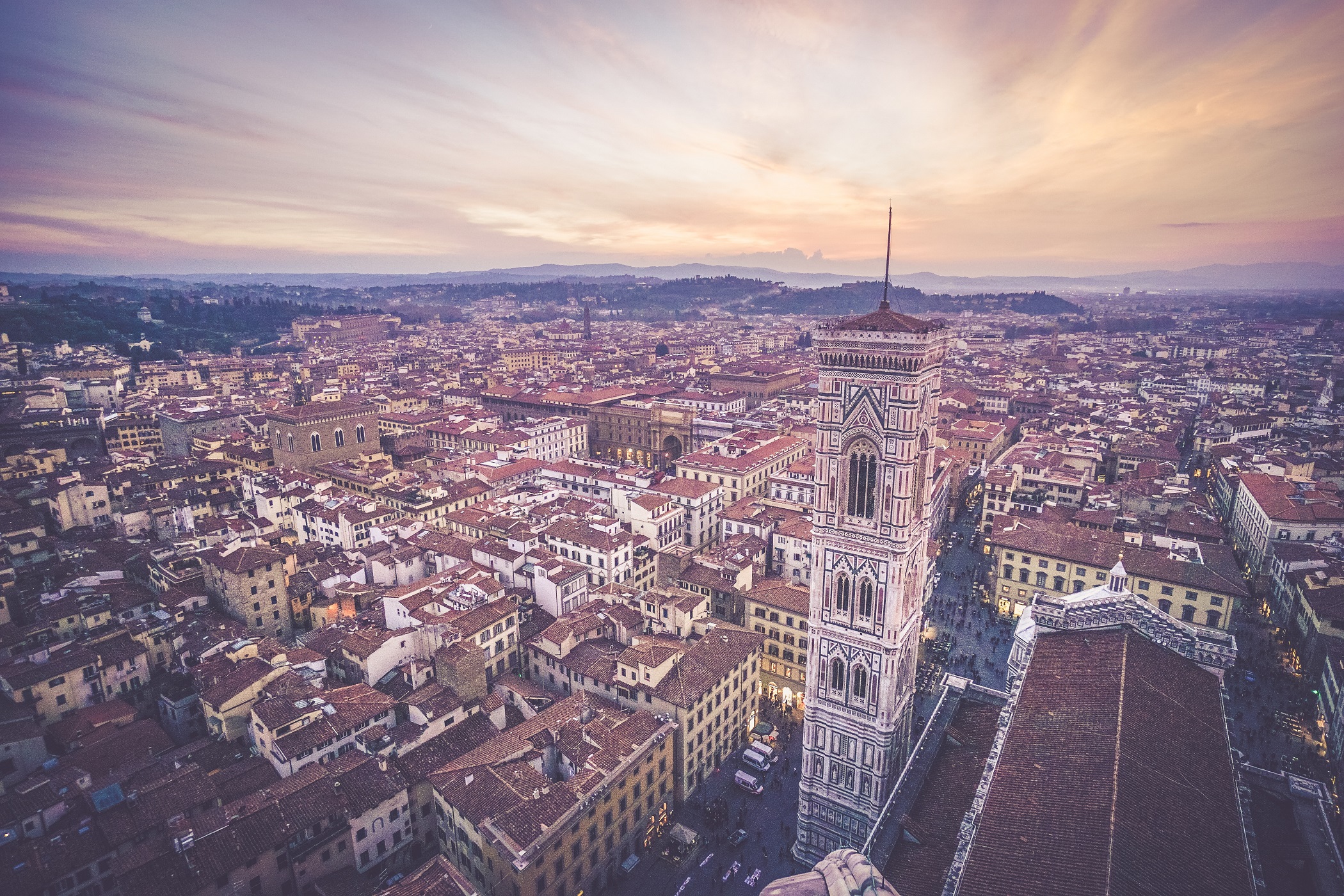

As Miles and I have continued to meet with Dr. Low in the IQ Center to review various options for the ways in which viewers can interact with a digital Florentine space, we have constantly had to ask and re-ask ourselves “what do we want the viewer to get out of this experience?” While a deceptively simple question, it gets to the shortcomings and the beauty of the three-dimensional space as a medium through which to learn about the city. A major barrier we have reached recently is idea that when looking at these art objects as high-resolution images placed in the context of other images so that they appear in situ, why don’t you just travel to Florence to see that there? Of course, the logistics of such an undertaking and the convenience of briefly transporting to the city for the purposes of a homework assignment should not be cast aside lightly. However, this tool must be evaluated in terms of how it could best be used aside from as a replacement for the actual city.
We attempted to create numerous types of “tours” throughout the 3D city starting from high school level going through the 300 level. Starting with the baptistry, this would look like a few images of the doors and an explanation of the competition that led to Brunelleschi and Ghiberti’s final submissions and the culmination in the doors, as well as a discussion of the use of the baptistry. For the 300-level student, there might be a discussion of the anti-pope, John XXIII’s, funerary monument on the interior, a work by Donatello and Michelozzo commissioned by Cosimo de’Medici. These varying levels of detail would allow for further guidance than any given city tour but the quick overview that visiting the city wouldn’t allow.
Yet, the depths of detail and the varying uses for these “tours” has given rise to more serious discussion of using the 2D map as an available resource, supplementing the 3D experience. While students could take tours and learn about the city from the ground level, the work it demands to build those tours could easily be transformed into just the basis–a map with points that allow students to find out more information and go to the sources themselves. Rather than hearing about the funerary monument ad nauseam, a student might go directly to the Jstor article and read it for her- or himself.
This duality would introduce a new level to the project, one in which it acts not only as a pedagogical device for lecturing but also for guiding students’ research.